Recommendations for best energy conservation measures in residential high rise buildings?
Dear GBA,
I have been called in for several energy audits on individual apartments within high density residential high rises. Customer complaints are typically the standard: comfort issues and excessively high utility bills.
The apartments typically have highly conductive metal window frames and PTAC’s for the heating and cooling.
Does anybody have good recommendations for retro-fit opportunities within this sector of the housing stock? Best practices for addressing the windows? Good solutions for high performance heating and cooling options? Any successful insulation strategies?
Thank you.
GBA Detail Library
A collection of one thousand construction details organized by climate and house part



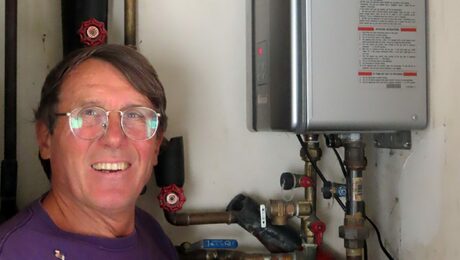

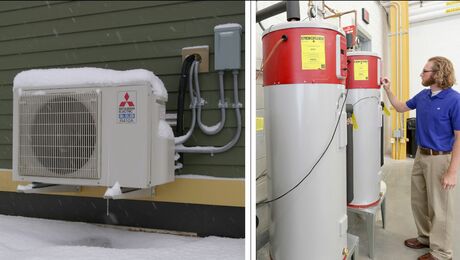
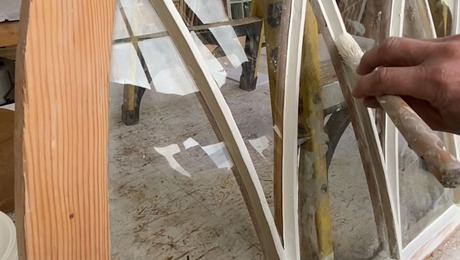
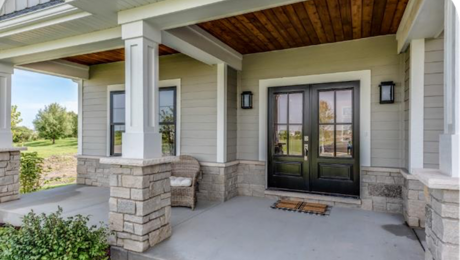
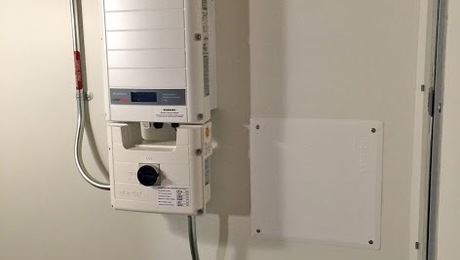
Replies
Art,
Are the highrise buildings that you refer to post tension structures from the sixties?
Brick exterior or other, and where are they located?
Art,
Most occupants of high-rise residential buildings don't have the freedom to remodel their units, although there are exceptions. The heating systems and the windows are usually off-limits when it comes to tenant renovations.
So the first question is: what does the landlord (or the co-op board) allow?
In most cases, retrofit measures will be limited to simple actions like caulking cracks, installing interior plastic storm windows, and swapping incandescent bulbs for CFLs.
Roy,
yes, they are post tension structures from the '60's. These are located on the NJ side of the Hudson river w/skyline views of Manhattan.
Martin,
Lets assume that the heating systems ARE in play. Any thoughts?
Thank you.
Art,
It's common in Asia for individual apartments to be heated and cooled with ductless minisplits. If you look at an Asian apartment building, the facade is usually peppered with dozens of wall-mounted minisplit units.
If you think the landlord won't mind -- and if the renovation meets local codes -- a ductless minisplit will be more efficient than a PTAC.
However, I don't think that's necessarily the best use of the tenant's money.
Just a follow up here, after some pretty decent success in the past few moths. In a building that is direct metered for electric, probably the most noticeable retrofit that we might see is to replace the standard PTAC motors with drop-in replacement ECM motors. For a PTAC that is providing for both space heating and cooling, the energy savings from retrofitting a PTAC unit can be almost $1,000/year. Couple this with a thermostat that can allow the PTAC blower to fully modulate, and you can really maximize the efficiency of those units and save a lot of cash. Make sure you don't put in a replacement motor that is incompatible and might void the manufacturer's warranty....
Art,
(Minor correction: you're working with PTHPs, not PTACs)
I'm very impressed that you've been able to retrofit the PTHPs successfully.
So, everybody, you heard it here first:
"The future of heating low energy homes is NOT in minisplit heat pumps, but in high efficiency PTHPs."
They can be installed by unskilled labor for1/3rd the capital cost. This is assuming that the manufacturers wake up and give these products more respect.
PTHPs historically are a bit noisy, but the ECM modulating motors will also solve that problem.
Good work! http://greenbuildingindenver.blogspot.com/2009/08/mini-splits-or-ptacs-are-key-to-net.html#comments
Kevin
I'll be in Denver at the Cherry Creek Marriott for a Builder 20 conference weekend of October 1st. Love to get together for a cold beer and conversation Saturday evening if you're around. You've scooped me on the high efficiency PTHP's though I've been using those little Amana units for a while now. for loads of one ton or less. I'd like to hear more about PTHPs with modulating ECM blowers.
Sounds good, Michael, that's my neighborhood. Come over and see Denver's first indoor swamp cooler.
Kevin,
Let me clarify one point: you are absolutely correct that a PTHP was the subject of this initial post. However, and with that in mind, about 95% of the PTAC's I am working with on this retro-fit have a two-pipe steam coil and a vari-vac control system. Steam heat rather than electric.
But, at the end of the day, when the blower is running for 10 months a year, in either a heating or a cooling cycle, the efficiency of the blower motors present a substantial opportunity. This holds true for either PTHP or PTAC w/steam. I am seeing most of the units I am working with actually have two motors: an evaporator "blower" motor, and a condenser motor at the rear of the unit. One particular model I have been seeing also has a very small fan that introduces OA when the occupant calls for it.
And perhaps the best potential opportunity for energy efficient local heat distribution for new construction in the multi-family sector is the gas PTAC, direct vented through the sidewall.
Regardless, there are definitely big opportunities here.
Do They make any more aesthetically appealing PTAC's that you would *want* to put in a single family home?
"One particular model I have been seeing also has a very small fan that introduces OA when the occupant calls for it." Others have a tiny damper for OA.
Just one more advatage of PTHPs: It is the only self-contained "HVAC" appliance that actually has user-controlled "V".
I don't mind the looks of any of these units. In fact, I like the reverse-snobbery aspect. When your friends come over they'll say, "You heat your whole house with THAT little thing?"
"And perhaps the best potential opportunity for energy efficient local heat distribution for new construction in the multi-family sector is the gas PTAC, direct vented through the sidewall." This is definitely a product that will be a good fit in many situations. However, a gas hookup fee is many hundreds of dollars per unit, and the service fee is a whopping $12/dwelling unit/month. A PTHP saves all that. $12 could be 50% of a low-energy one bedroom unit's space heating bill.
Readers who want to learn more about PTHPs may be interested in reading my March 2011 article for Fine Homebuilding magazine, “Heating Options for a Small Home.”
Kevin....
What type of COP on the PTHP's you have in mind?
My concern is that in my climate zone (5A), you would run on electric resistance heat for a good portion of the heating season. And at $.19/kWh.....OUCH!
Also....i wonder if they make "hybrid" gas PTHP's, where you kick into gas-mode rather than electric resistance. Any info would be welcomed.
Thanks.
-Art
Art, Are you serious?
Is your name really Art Vandelay?
Mickey